Latest Research News and Events

The great hollow of Minto Flats
April 04, 2025
Within a vast bowl bordered by blue hills, I rolled along on a trail scratched into ice by snowmachines. That deceptive basin -- Minto Flats -- is big enough to swallow Denali, if the big mountain happened to stumble in here and fall.
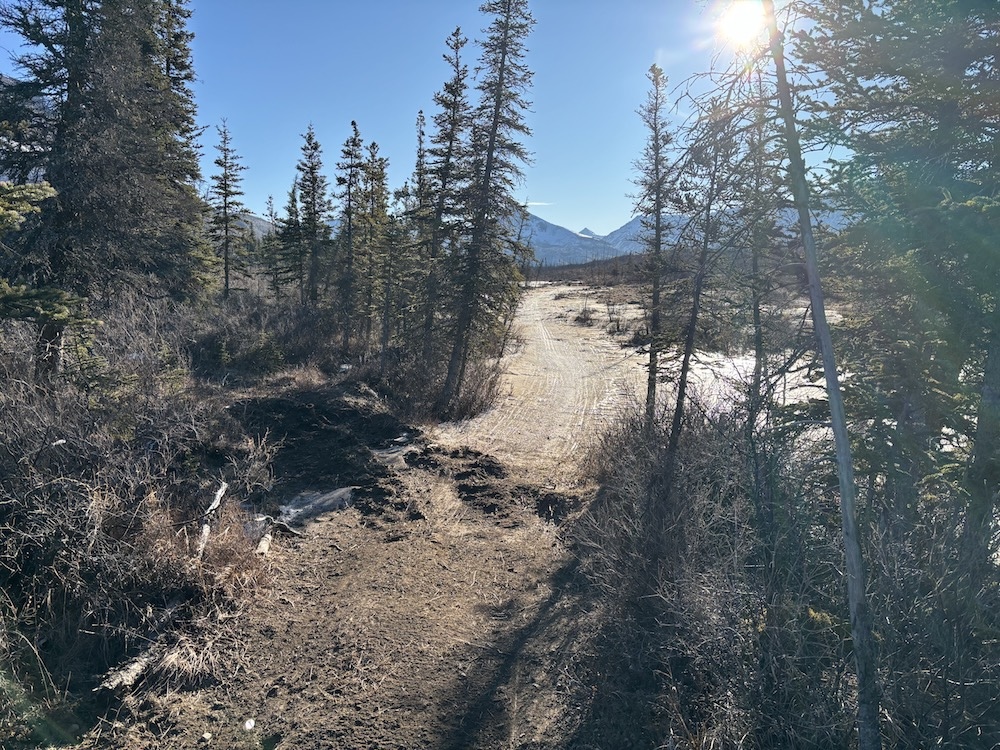
Snow's absence and welcome presence
March 28, 2025
Rick Thoman noted in a recent report that the paucity of 2024-2025 snowfall in Anchorage and other Southcentral Alaska locations may be unprecedented in the era of modern records.
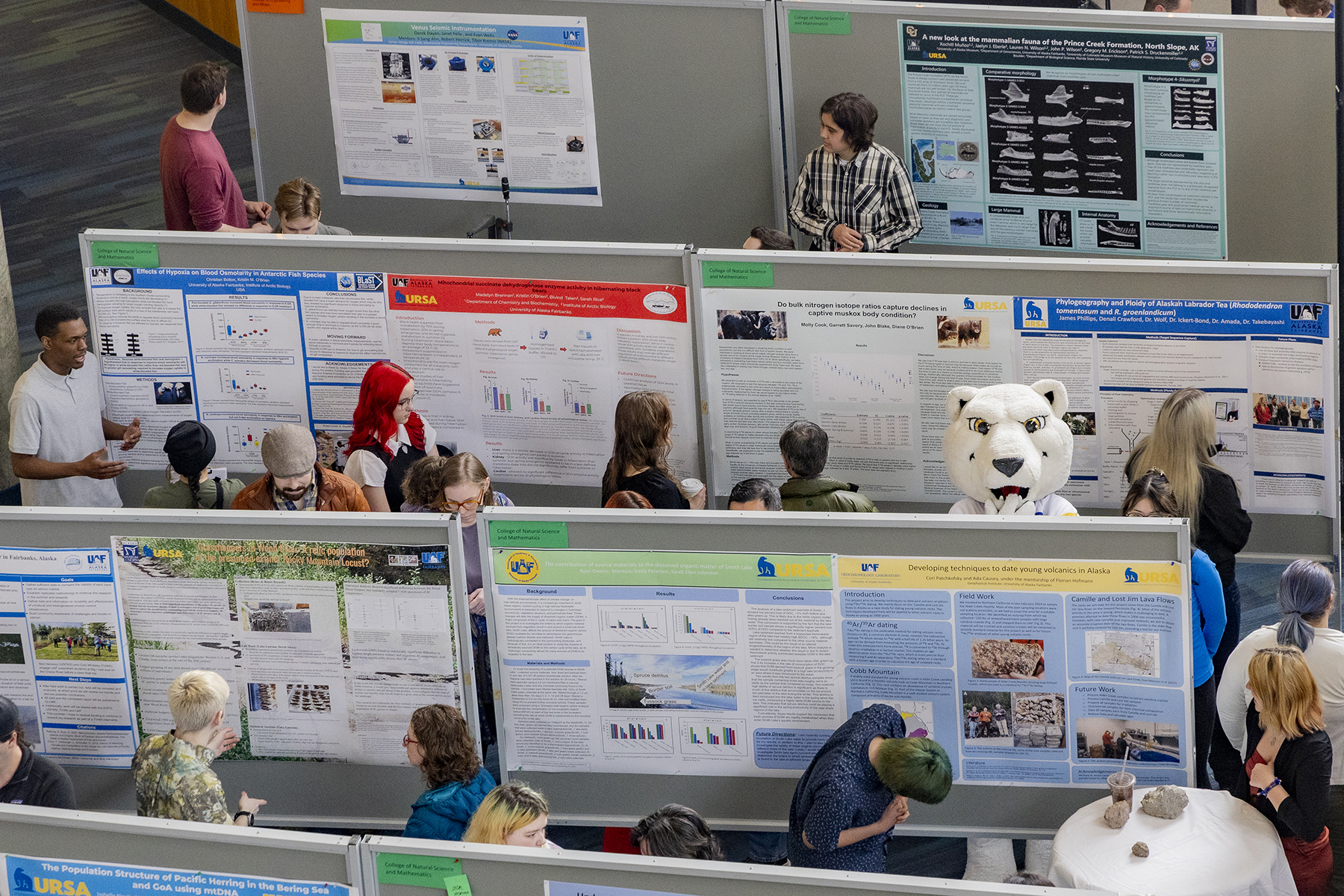
Invitation: 2025 Research and Creative Activity Day
March 26, 2025
URSA invites you to attend the 2025 Research and Creative Activity Day on Tuesday, April 1, from noon to 3 p.m. in the Great Hall of the UAF Fine Art Complex.
-
Does a project need IBC review?
March 26, 2025
The Institutional Biosafety Committee is responsible for biological safety review and approval of projects at UAF. Projects requiring IBC review include those utilizing the following: recombinant DNA, synthetic nucleic acid molecules, infectious agents, biological toxins, federally-regulated select agents, and other potentially harmful biological agents.
-
Limited submission funding opportunity for DoD MSI instrumentation grants
March 26, 2025
The Vice Chancellor for Research is soliciting white papers for the DoD MSI instrumentation call for proposals. UAF can submit three proposals of $200,000-$1,000,000. White papers are due March 28.
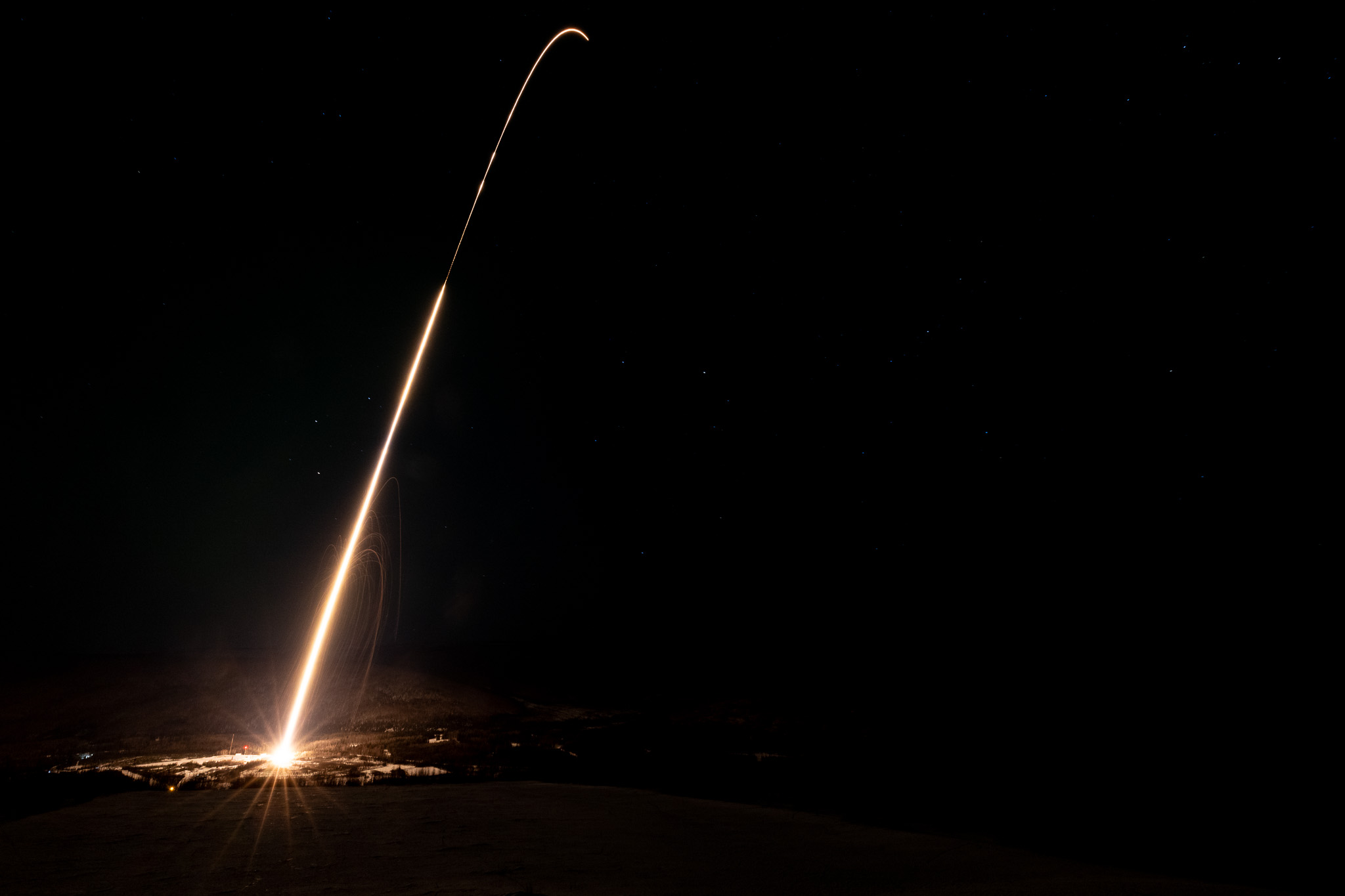
Two NASA rockets launch from Poker Flat, third rocket expected
March 26, 2025
Two NASA sounding rockets launched from Poker Flat Research Range north of Fairbanks early Tuesday morning in a mission aimed at learning more about how the aurora affects the upper atmosphere.
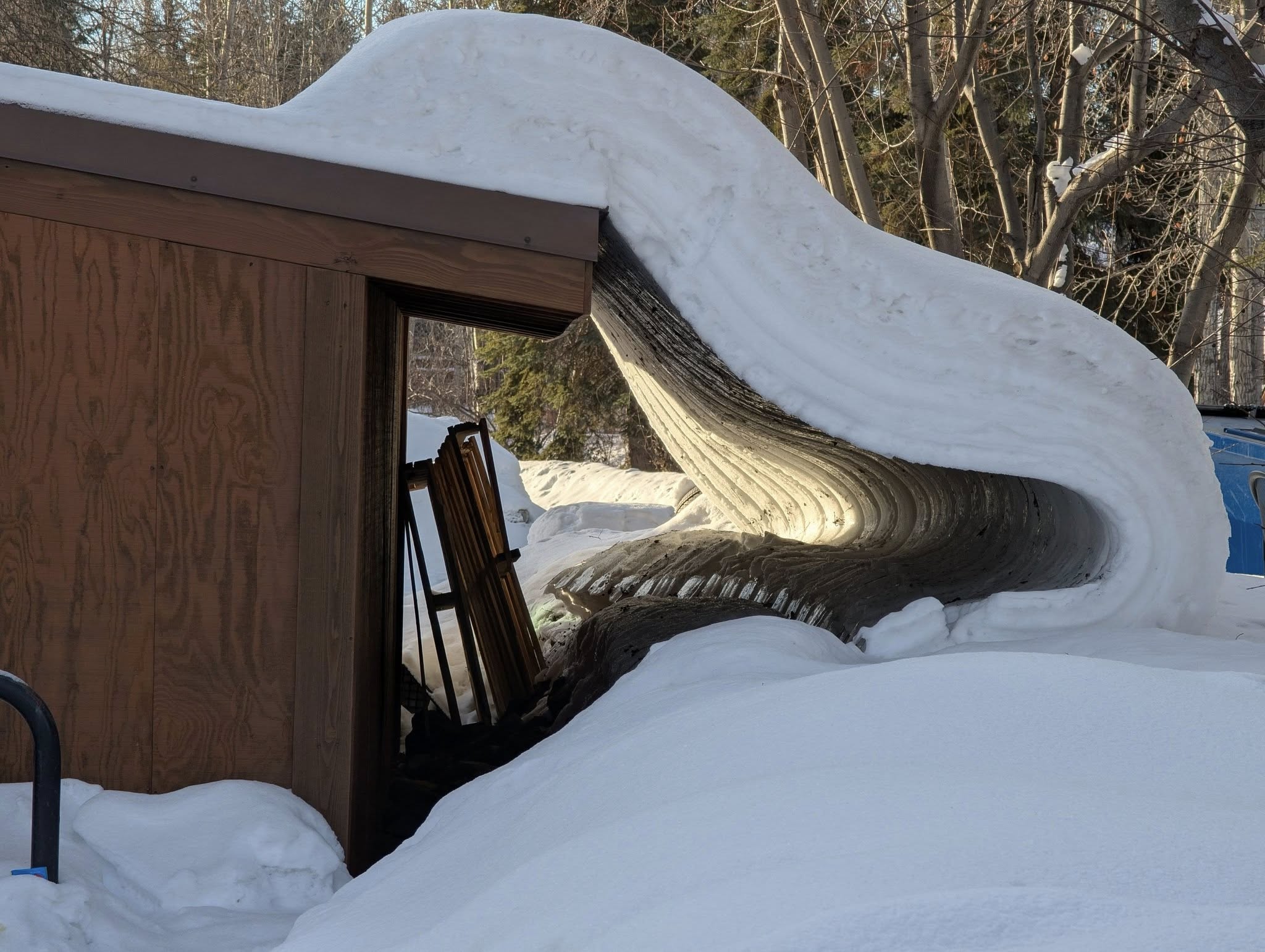
Leaning towers of snow explained
March 21, 2025
Pete Wilda, a Fairbanks reader of this column, wanted to know how the snow here can bend off railings and loop from power lines without breaking. He grew up in eastern Wisconsin and doesn't remember the snow defying gravity there.
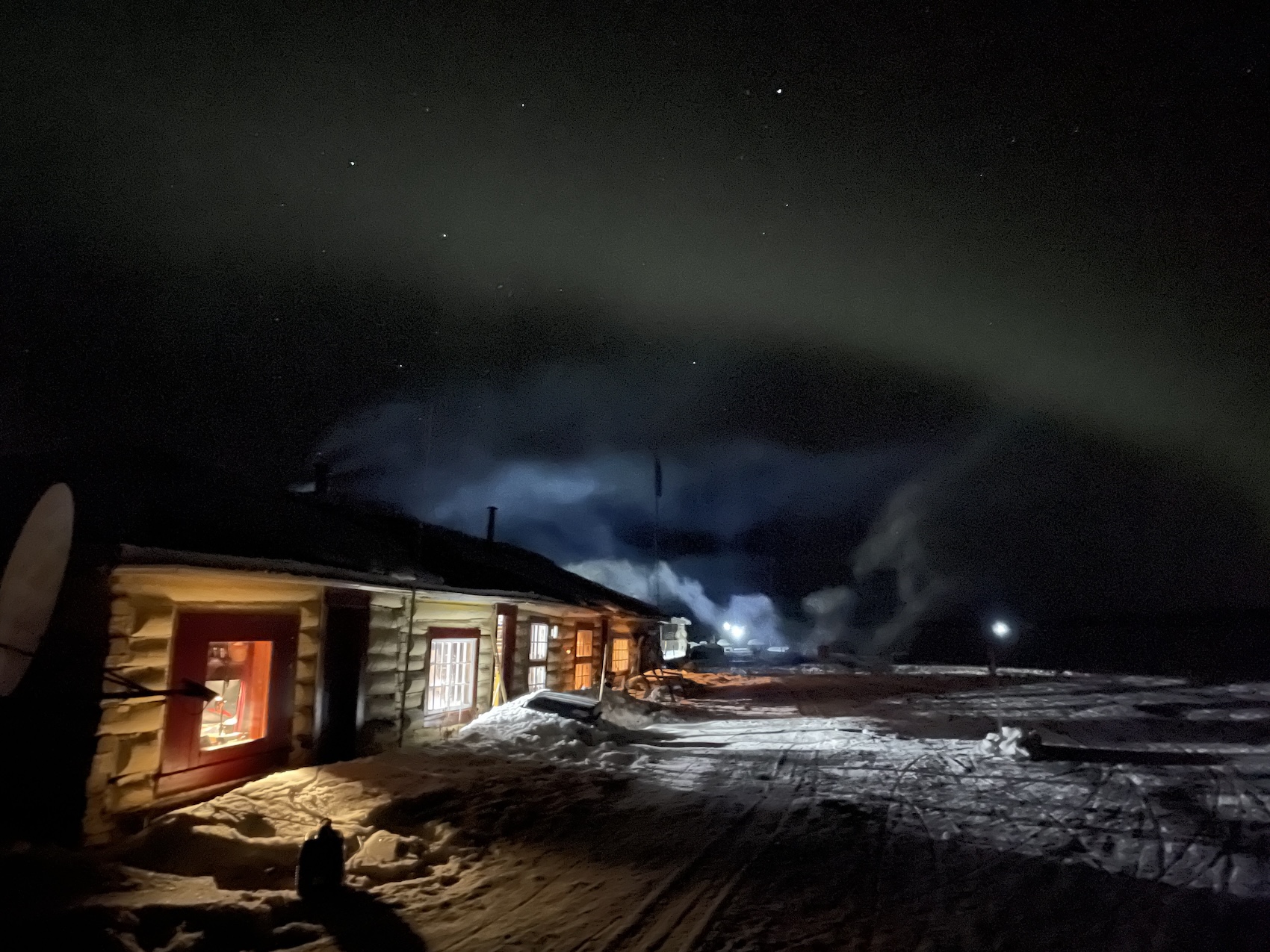
Traveling through time in the Alaska bush
March 13, 2025
On the dark, frozen white plain of the Tanana River, a white dot appeared in the night. It was the headlamp of Ryan Redington, a dog musher in the 2025 Iditarod race.

Farewell to a funny, brilliant scientist
March 08, 2025
Glenn Shaw died on Feb. 28, 2025, in Tucson, Arizona. The atmospheric chemist was for years a scientist and professor at the University of Alaska Fairbanks Geophysical Institute. He was funny and irreverent and brilliant.

Northern soil microbes staying up all winter
February 28, 2025
We can't see them, but there are more microbes -- tiny fungi, bacteria, worms and other living things -- in a teaspoon of soil than there are people on Earth.


